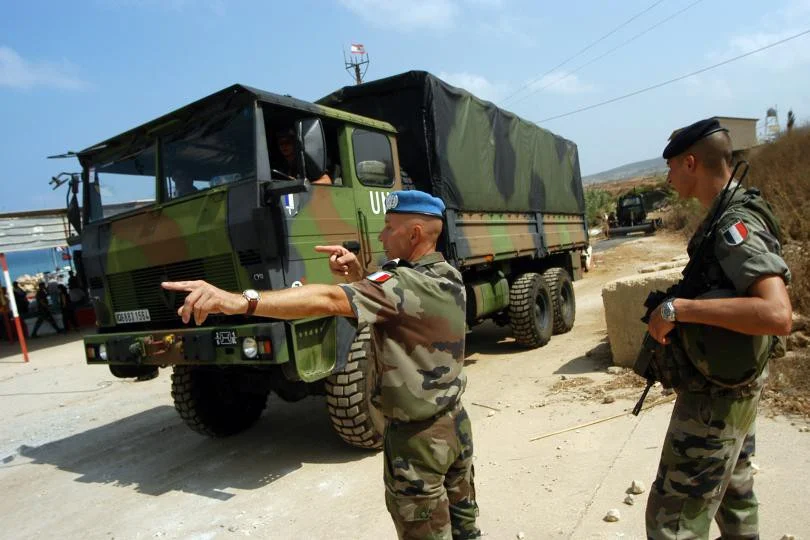The discussion of R2P thus far has been focused more on a "right" to protect than a "responsibility" to do so. The arguments indicate that a state has a responsibility to protect its people but takes for granted that third parties somehow inherit this responsibility when the state cannot fulfill it. There is a missing explanation here. The need to justify such efforts may seem callous, but a nation’s highest moral order is to serve its own citizens first.
R2P: A Spectrum Of Responses
Strong State, Weak State: The New Sovereignty and Responsibility to Protect
The enabling and assistance of states to solve their own problems—not the usurpation of sovereignty—is at the root of R2P and Sovereignty as Responsibility. Time and again representatives of R2P and the United Nations have expressed their explicit position that the UN wishes to avoid military interventions, but also wishes to prevent atrocities from occurring. This balance is prudent and necessary to ensure that states are fully functioning members of the international community and that any state that requires assistance in carrying out its duties of protection receives it in a timely manner.




